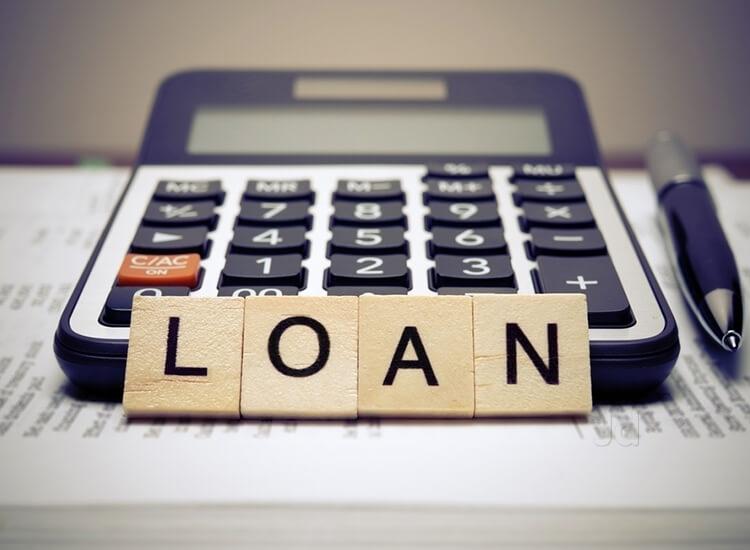Small businesses often consider getting business loans to grow in the industry. To manage their loan payments efficiently, they can use a business loan repayment calculator or calculate the cost of their loan.
Learn how to calculate business loan repayments and better plan your business’s finances in this article!
What Are Business Loan Repayments?
These are the monthly or weekly repayments you make to pay your lender. This usually happens through periodic payments of your principal and interest rate.
They can also be fully paid through a lump sum. However, some contracts may include early repayment fees for completing your loan early.
The following are the most common business loan options that require a commercial loan repayment calculator:
- business term loans
- lines of credit
- equipment finance
Calculating your ongoing repayments with the help of a business loan calculator can help you manage your finances with ease and ditch issues from not paying your dues.
How Do Business Loan Repayments Work?
When clients loan money, they’re expected to repay the amount, plus upfront fees, interest rates, and extra repayments.
The interest rate is expressed as an annual percentage rate (APR). Your total repayment is calculated according to that specific rate.
The computation may also vary whether you have a variable interest rate or a fixed-rate loan.
Those who can’t keep up with the extra repayments may turn to bankruptcy for protection. However, this is a last resort, as it can affect your ability to borrow in the future.
The common alternatives to pay back loans are earning additional income, obtaining support from assistance programs, negotiating with creditors, or refinancing.
Most lenders can offer special terms for hardships. It’s best to be proactive and communicate openly about possible setbacks affecting your loan-paying patterns.
Business Loan Factors You Must Know
These are the things you need to consider when applying for a commercial loan:
- Conditions – Lenders most likely tailor their offer based on your business needs with varying conditions. You’d have to look into these things, including the loan amount, interest rate, maximum term, repayment schedule, additional fees, and any other requirements the lender sets for approval. Some lenders also include an establishment fee plus additional charges to maintain your account.
- Character – Lenders examine your history before they finance you to determine your repayment capacity. They look into your personal and business credit history, existing and paid-off loans from other lenders, tax returns, and more. They can also examine your success in previous business ventures and legal issues affecting your business.
- Capital – Lenders also look into your business’s assets and liabilities to determine if you can repay them. Lenders are interested in what you can sell off if you can’t pay the loan. This includes your business’s specialised machinery, equipment, inventory, products, buildings, and other infrastructure.
- Capacity – Your history tells lenders a lot about what they can expect from you in the future. They’ll examine how your business generates revenue and how much is expected to ensure you can support your loan’s requirements.
- Collateral – These are used as assurance for the lenders. These can be equipment used in your business or commercial property you own. If you cannot repay your loan, they can seize your collateral as payment. While they’re not required in unsecured loans, they can improve your chances of getting approved or getting a lower interest rate.
How to Calculate Business Loan Repayments
You need to understand different terms and factors when calculating business loan repayments.
They’re usually calculated based on the repayment type, interest rates, and other factors that make up your loan term.
While more calculators are available online, it’s also a great idea to know how it’s computed to understand your total costs better.
This helps you get the right formula even without using a commercial loan calculator.
Interest-Only Loan
This allows you to pay down the interest rate of your debt for the first few years.
You can calculate using this formula: Interest = Loan Balance x (Interest Rate/12).
It’s also easy to calculate business loan repayments if you change everything to days. Divide your APR by 365 instead before multiplying it by the interest rates.
An advantage of this commercial loan is the LOWER PAYMENTS at the beginning. However, you’ll need to pay more interest over time compared to amortisations.
Amortising Loan
Amortisation involves making gradual payments of your total cost consisting of both principal and interest.
You might be shocked by how high your repayment can initially be—however, the interest SHRINKS over time until you’re only covering the principal loan amount you borrowed.
You can calculate business loan repayments for this type of commercial loan using this formula: Loan Amount x [9r/12)/1-(1+(r/12))^-n. R represents your total interest rate, while n is the total number of payments.
Checking with a Business Loan Calculator
Sometimes, it can be challenging to compute business loan repayments, especially with the many factors involved.
To streamline everything, you can access a business loan repayment calculator online.
A business loan repayment calculator ONLY ESTIMATES the cost of your monthly repayments, especially with how fast interest charges change.
To use this, you need to input the following details into a business loan repayment calculator:
- Loan Amount – This is the money you’ll borrow through your business loan.
- Interest Rate – This is the amount lenders charge on top of your loan amount to let you access the money.
- Loan Duration or Loan Term – This is the repayment period of your total loan amount, which determines the regular repayment amount and the interest repayments.
- Repayment Frequency – This determines how often you’ll pay during your loan term.
- Establishment Fees – You need to pay these charges when establishing the loan.
- Extra Repayments – Not every calculator has this feature. It allows you to enter more than your minimum repayment to help offset your account amount and save more. This can be a separate calculator.
Lenders support more calculators online, which help you calculate business loan repayments before you can consider loaning.
FAQs
Let’s answer some FAQs!
How Do I Calculate Using a Business Loan Calculator?
You only need to enter specific details, such as amount, loan term, and repayment frequency, to get an estimate.
What Happens if I Fail to Pay My Loan?
Not keeping up with your monthly repayments lead to credit issues, including late payment charges, forced bankruptcy, and negative changes to your credit rating.
Conclusion: Managing Your Business Loans
Loans come with a cost for any business and industry; calculating them is a great way to make better borrowing choices.
Knowing how your business loans are calculated ensures that you can have the total interest paid along with the principal and get better future finance options.
Whether you use a commercial loan repayment calculator or calculate everything manually, this is a great example of how to PLAN OUT your loans.






